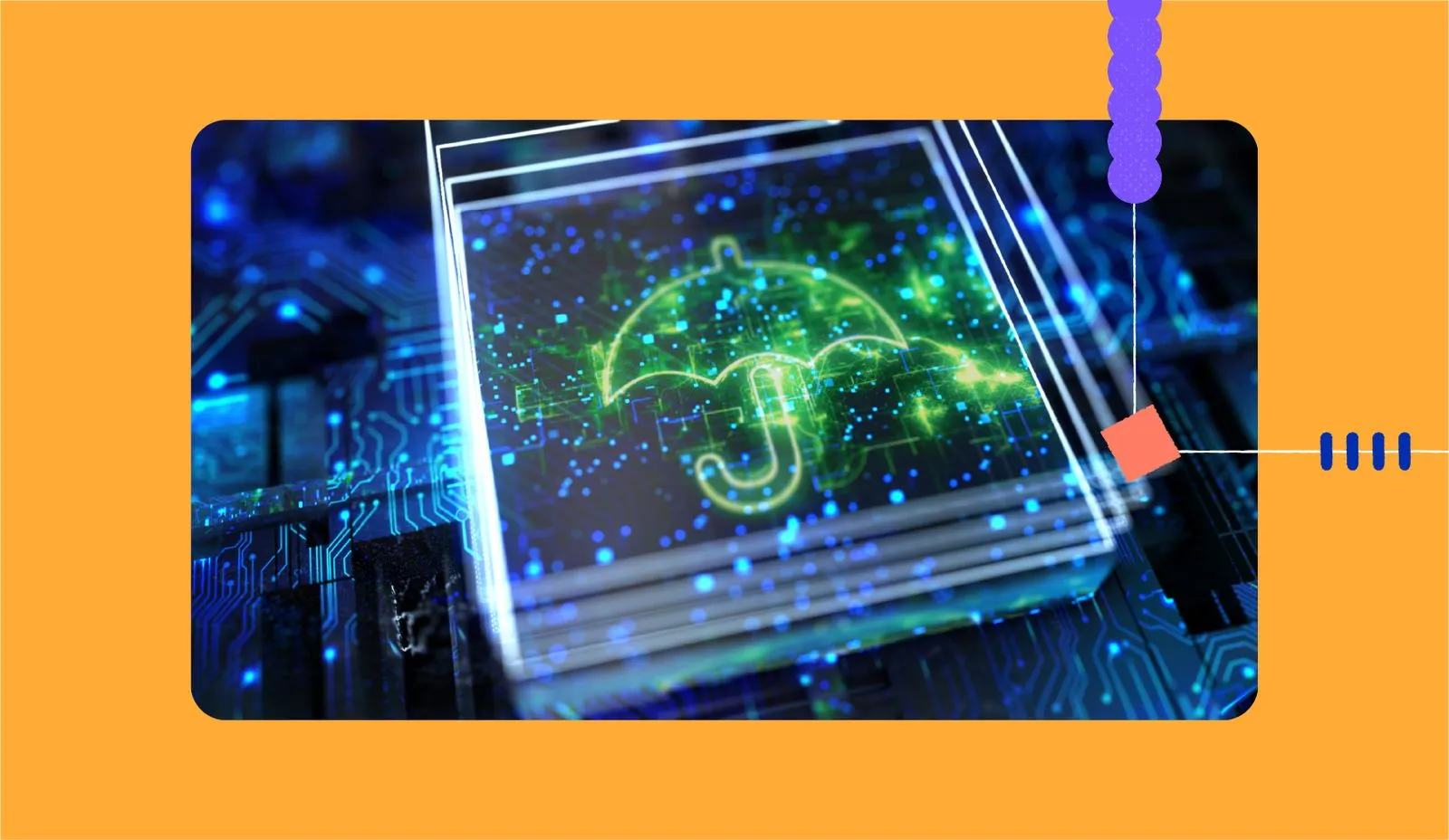The P&C industry has always been competitive, with razor-thin profit margins. Then the global pandemic hit, throwing the economy into a downturn that had a disproportionate impact on the insurance industry. As the direct economic impacts of the pandemic began to wane, inflation became a key issue for P&C insurers as they struggle to deal with skyrocketing costs of the goods and services that drive personal insurance claims.
There are various factors that have led to increases in costs for specific goods. For example, in auto insurance, supply chain problems have led to a steep increase in the costs of vehicle parts and equipment—22.8 percent between June 2021 and June 2022. Since manufacturers are finding it difficult to source parts, the costs of used cars have also risen steeply. Political instability due to the Ukraine-Russia war is driving the rise of other costs, such as energy. The impact is staggering—McKinsey estimates that in 2021 rising prices led to an approximately $30 billion increase in loss costs in P&C.
The P&C insurance industry has no choice but to quickly adapt to remain competitive in light of these significant challenges. By 2024, the insurance industry will have undergone a digital transformation, with P&C insurers leading the way, embracing new technologies and innovative business models.
Trends in P&C insurance
Digital channels for buying P&C insurance are growing in popularity
A short time ago the idea of buying insurance online sounded ridiculous to most people. Yet consumer behavior has changed rapidly, and during the pandemic, even the most resistant customers began to make regular purchases online.
[.emph]There’s no turning back. Although physical stores and offices have reopened, the change in consumer behavior is showing signs of being permanent. And customers who buy their groceries and plane tickets online are increasingly looking online for answers to their insurance needs as well. [.emph]
This trend is expected to continue to grow in the coming years. Customers will look to mobile apps and online channels, including messengers and bots, for their insurance needs, making digital buying channels essential for P&C insurance providers.
A surge in insurtech startups is impacting the industry
Traditional insurance providers were often reluctant to change their established processes and legacy systems, but they’re increasingly being driven to do so by the (not so) new kid on the block—insurtech startups. Insurtech startups were born in the tech world, bringing the tech focus on agility, innovation, and emphasis on user experience to the stodgy world of insurance.
The global insurtech market size is still relatively small—it was valued at $3.85 billion in 2021— but it’s expected to grow at a rate of 51.7% (CAGR) from 2022 to 2030. It’s also setting new standards for the entire industry. Consumers know they have options and if their traditional providers can’t give them a seamless, personalized user experience, they’ll simply look to the upstart providers who can. In addition, many traditional providers are collaborating with insurtech startups and adopting innovative startup technologies within their established enterprises to offer customers the best of both worlds.
[.figure]51.7%[.figure]
[.emph]Forecasted global InsurTech market growth from 2022 to 2030[.emph]
Data-driven underwriting and claims processing are on the rise
Insurers today have access to quantities and types of data that were unimaginable a short time ago. The data, both from customers and third-party sources, allows carriers to assess risk with extreme precision at the individual level, especially when the insurer has agile capabilities that maximize the value of the data.
Data and analytics capabilities in underwriting are quickly becoming cornerstones of success in the P&C insurance industry. They aren’t limited to a reactive approach either—many P&C insurers are using data analytics to assess the level of risk posed by a potential customer, also known as pre-underwriting or prospect loss modeling.
By utilizing data and analytics in these processes, insurance providers are able to minimize the need for the involvement of an underwriter to a small portion of cases, accelerating processes and saving costly human resources. In fact, experts estimate that P&C providers can improve their loss ratios by 5-15% thanks to digitized underwriting.
The use of AI and machine learning in insurance
Machine learning and AI are helping P&C insurers move beyond basic risk-segmentation models to advanced modeling techniques that help identify more risk characteristics, allowing them to improve pricing and reduce losses. Unlike basic models, they also make it possible to personalize the customer experience, and give low-risk customers quick quotes, while still covering all bases with higher-risk customers.
The benefits of AI and machine learning in insurance are so clear that not utilizing them doesn’t make business sense. They’re expected to become commonplace in claims management and underwriting within a short period of time.
Changes in customer behavior and expectations
Self-service is the name of the game in the consumer market today, and insurance is no exception. Consumers are accustomed to self-check-in at airports, self-check-out at the supermarket, and feel comfortable conducting all types of business independently online, without an intermediary. They certainly don’t want to pay an intermediary to do what they can do on their own.
Why should insurance be any different? Many consumers no longer see the need to go through a traditional insurance agent or brokerage when buying personal insurance. Therefore, it’s likely that the agent/brokerage model will come under pressure as customers move to self-service channels.
Growth of telematics and usage-based insurance
In the past, there was no accurate way for insurers to measure usage—they were dependent on notoriously unreliable customer self-reporting and couldn’t really factor usage as a significant variable in risk assessment calculations. For example, the annual rate for auto insurance would be the same for a driver who spent hours on the road every day, and a driver who rarely drove at all.
Telematics has changed that calculation making usage-based insurance (UBI) a feasible reality. IoT technologies like GPS tracking devices, engine interface, input/output interface, a SIM card, an accelerometer, and more allow insurers to gather accurate, real-time information relevant to underwriters in car insurance like vehicle location, driver behavior, acceleration, and harsh braking, and vehicle activity. Equipped with that information, insurers can offer consumers who drive safely better insurance rates.
Of course, consumers must agree to share their data. However, they are generally willing to do so if it translates into a better price and experience. With a better understanding of their policyholders’ behavior and risk factors, insurers can personalize their offers to better meet customer needs.
Increasing popularity of peer-to-peer insurance
Traditional insurance models offer similar coverage to large groups of people who don’t know one another. Each customer pays a premium rate calculated by an underwriter, and in the event of a loss, the insurer pays to cover that loss, keeping whatever is left in the pool at the end of the coverage period as its revenue.
Peer-to-Peer (P2P) insurance, also known as “social insurance”, brings together a group of individuals, often ones who are connected to one another in some way, to share risk. They pool their premiums and cover losses for members. However, unlike in traditional models, they refund the money that isn’t paid out in claims. The option to get the money that isn’t used back makes peer-to-peer insurance extremely attractive to consumers.

Blockchain in the insurance industry
Although most people are familiar only with cryptocurrencies, the first widespread use case for blockchain, blockchain is actually a technology that can be utilized in a variety of industries, from art and music to banking and insurance. At the most basic level, blockchain is a type of smart contract. In insurance, it can be used to enhance the trust and transparency between insurers and the parties they insure.
Blockchain creates a network of shared and transparent ledgers, making it easier to conduct transactions. It can help improve risk assessment, minimize costs, and reduce insurance fraud by providing access to validated external data through trusted sources.
Rise of digital data intake
Digital data intake plays a key role in all of the trends described above, enabling the self-service options customers are seeking, making it possible to collect accurate data to support trends like data-driven underwriting and AI, and serving as a key element of a seamless, personalized customer experience.
And it’s easier than ever for P&C insurers to implement digital data intake. Rather than trying to update legacy systems, a process that requires an enormous investment in hardware and software, as well as a high level of technical expertise, P&C insurers can use no-code platforms like EasySend to make the transition easier and faster than ever.
Conclusion
The future of P&C insurance is digital. From the first report of loss (FNOL) to underwriting and payment of claims, technology and innovation are leading the way and making it possible for insurers to navigate challenges like market instability and inflation. It’s clear that between now and 2024 the P&C insurance industry will change drastically, and adopting key technology is the only way to remain competitive.





